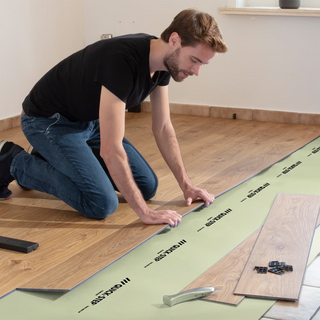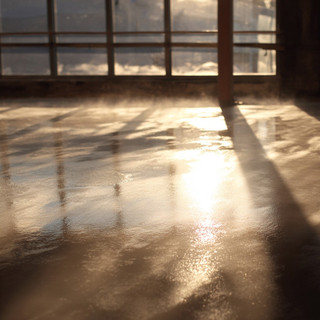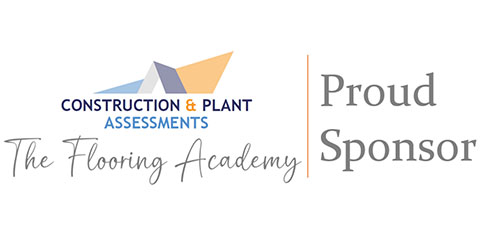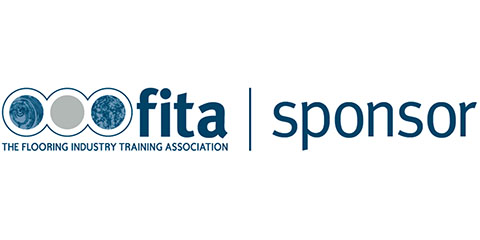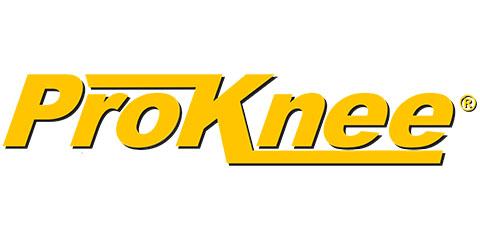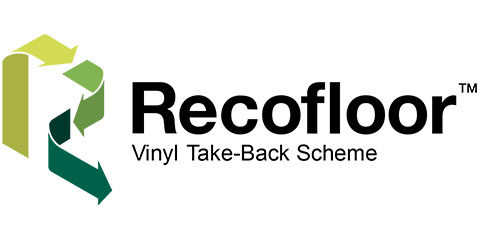Can you Install LVT on Uneven Floors?
Posted by Tom Shaw on 24th Oct 2022
Luxury Vinyl Tiles are a popular choice in both domestic and commercial properties. It’s a popular choice for many reasons. LVT is an incredibly stylish and incredibly hard-wearing flooring choice. It’s hard-wearing and easy to maintain, keeping both homes and commercial offices & workplaces looking good. Most often, LVT is designed to look like either natural wood flooring or natural stone flooring, at a fraction of the cost of the real thing.
LVT is also relatively easy to install, and one of the most commonly asked questions is can you install LVT on uneven surfaces and floors? The answer is not simple! Whether or not LVT can be installed depends largely on how uneven the surface of the floor is - if the floor is not too uneven, then an installation should be ok however is not recommended. The thickness of LVT is one of the most important factors - helping the floor look and feel level, even when it’s not - the thicker the LVT, the greater the effect. In some cases, carpet may be the best flooring choice for uneven floors.
The proper procedure for fitting LVT is to ensure that the subfloor is flat before laying your LVT on top. This can be done with either a plywood subfloor or a smooth concrete subfloor.
Preparing An Uneven Concrete Floor For LVT
If the subfloor you are laying your LVT on is made from concrete - it’s important to look for imperfections in the surface of the floor before laying the vinyl. If any are identified, then you can level the sub floor by sanding it. This is typically done with a sanding machine for larger areas. However for a more cost effective option good for small areas can be a carborundum stone.
If you have significantly uneven subfloor you can level these with levelling compounds. if there are holes or gaps before leaving them to dry for at least 24 hours. Failing to allow concrete to dry increases the likelihood of a poor installation, with the vinyl not adhering to the surface of the concrete properly. It’s recommended to check the floor level using a spirit level and clear any debris away from the floor's surface before laying LVT for optimum results.

